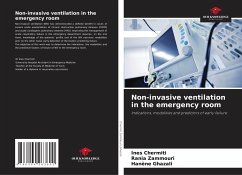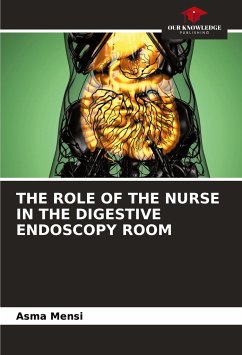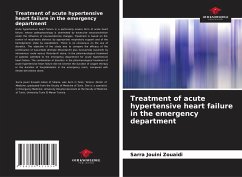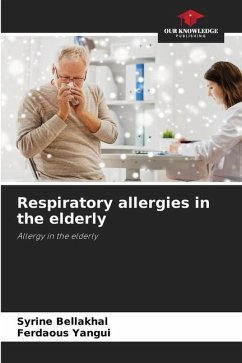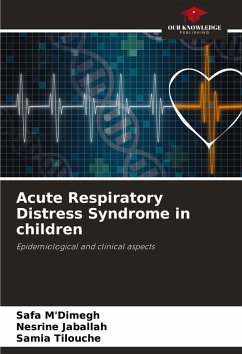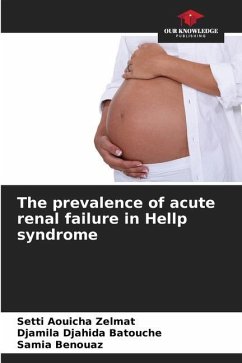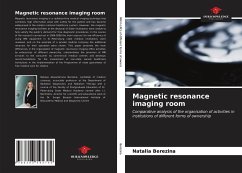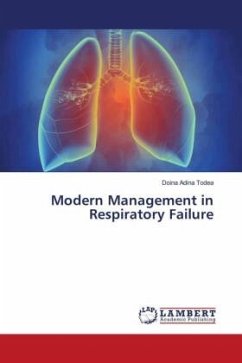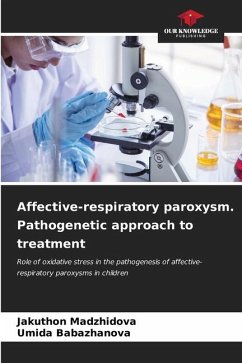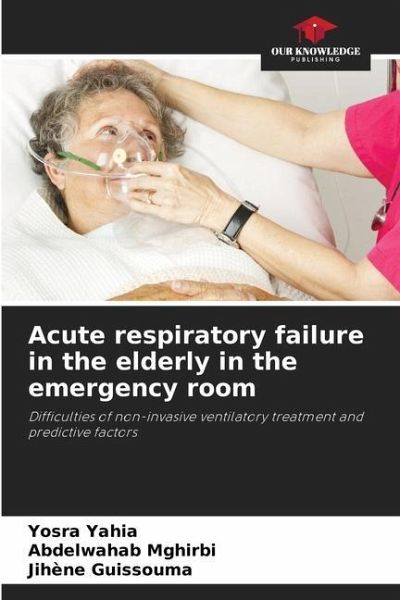
Acute respiratory failure in the elderly in the emergency room
Difficulties of non-invasive ventilatory treatment and predictive factors
Versandkostenfrei!
Versandfertig in 6-10 Tagen
29,99 €
inkl. MwSt.

PAYBACK Punkte
15 °P sammeln!
Non-invasive ventilatory therapy is often proposed to assist elderly subjects in acute respiratory failure (ARF) in the emergency department. Our objective was to highlight the difficulties encountered during this practice and the predictive factors of failure. The study was retrospective, conducted in the emergency department of the University Hospital La Rabta (Tunisia). Seventy-five patients over 65 years of age with ARF and recourse to non-invasive ventilation (NIV) were included. The etiological diagnoses of ARF were often associated with 72% of acute COPD decompensation, 61% of acute hea...
Non-invasive ventilatory therapy is often proposed to assist elderly subjects in acute respiratory failure (ARF) in the emergency department. Our objective was to highlight the difficulties encountered during this practice and the predictive factors of failure. The study was retrospective, conducted in the emergency department of the University Hospital La Rabta (Tunisia). Seventy-five patients over 65 years of age with ARF and recourse to non-invasive ventilation (NIV) were included. The etiological diagnoses of ARF were often associated with 72% of acute COPD decompensation, 61% of acute heart failure, 37% of pneumopathy and 1% of pulmonary embolism. NIV failure resulted in 24% in-hospital mortality and 8% in intensive care unit admission. History of hypertension (p=0.026), hepato-jugular reflux (p=0.028), lower limb edema (p=0.016), uremia (p=0.005), CRP (p=0.004) and initial pH (p=0.044) were correlated with mortality. Thus, several predictive factors for failure of non-invasive ventilatory therapy were identified in our study. The frequency of acute comorbidities could explain the difficulties encountered.





